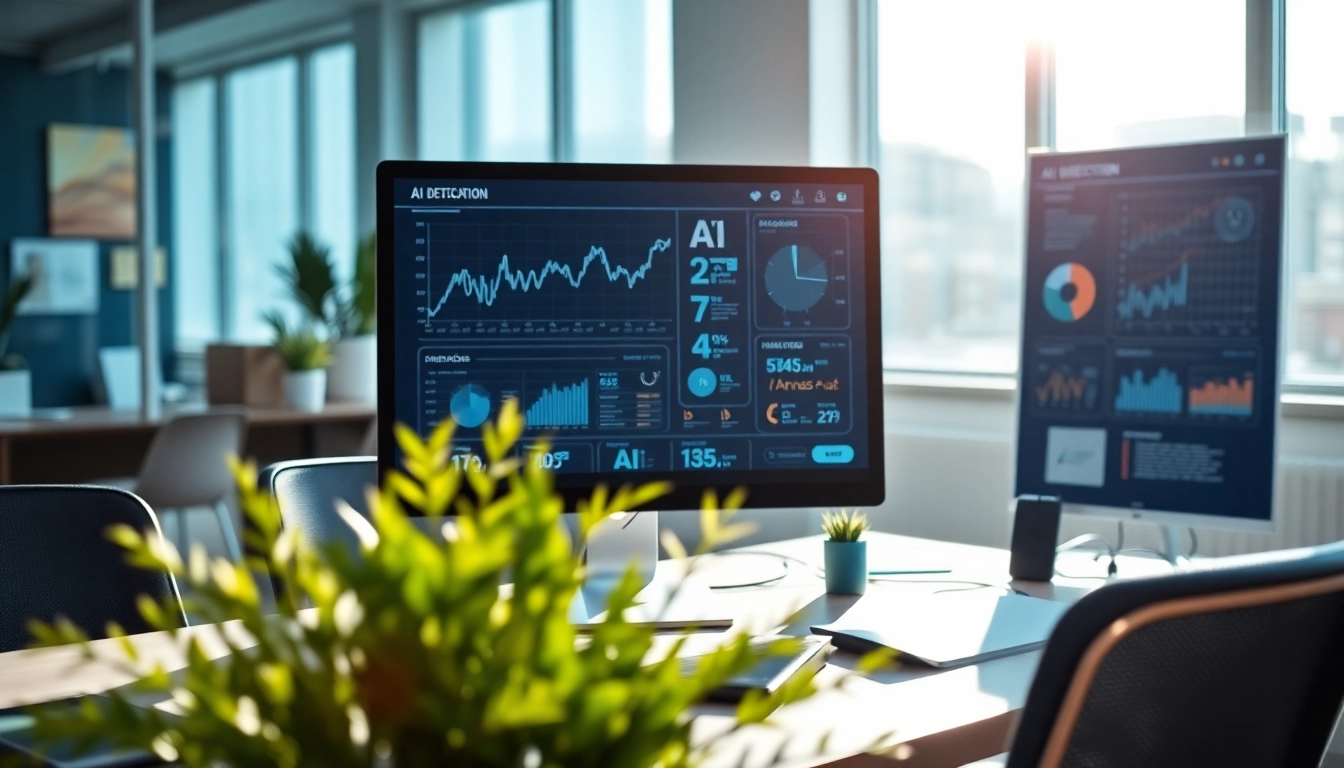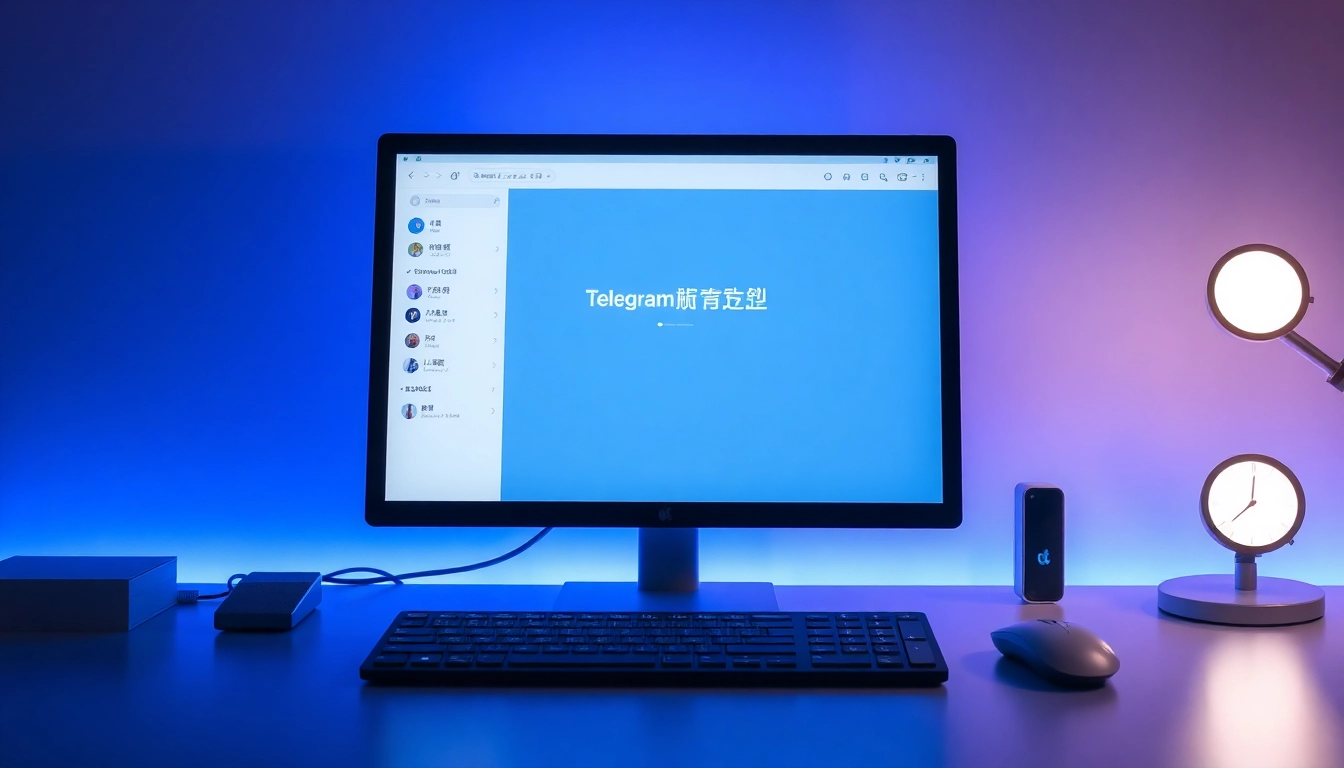What is AI Detection?
Definition and Importance
AI detection refers to the processes and tools used to identify content that has been generated by artificial intelligence rather than by a human author. As AI technologies become increasingly sophisticated, the distinction between human-written and machine-generated content has blurred. Understanding AI detection is crucial in various fields, including education, content creation, journalism, and any form of digital communication, where the originality and authenticity of the information is paramount. In an era where ai detection plays a pivotal role, possessing the ability to discern the source of text or media can influence credibility, accountability, and ethical considerations in content consumption and production.
How AI Detection Works
The mechanisms underlying AI detection often leverage a combination of machine learning algorithms, natural language processing (NLP), and linguistic analysis. Text generated by AI systems tends to exhibit certain patterns, such as specific syntactical structures, overly formal language, or repeated phrases. Detection tools analyze these attributes and compare them against curated datasets of both human-authored and AI-generated content to assess the likelihood that a given piece of text originates from an AI source. The process can involve:
- Linguistic Feature Extraction: Identifying unique linguistic features such as structure, style, and syntax that might indicate AI authorship.
- Machine Learning Models: Training models on large datasets to recognize patterns that human writers might not typically display.
- Cohesion and Coherence Evaluation: Assessing the logical flow and clarity of the text to spot inconsistencies indicative of machine generation.
Common Applications of AI Detection
AI detection has several applications across distinct sectors:
- Education: In academic settings, teachers and institutions use AI detection tools to ensure the integrity of student submissions and discourage plagiarism by AI.
- Content Creation: Writers and editors can utilize AI detection to verify the originality of their work or detect AI-generated material within larger collections.
- Cybersecurity: Organizations employ AI detection to guard against misinformation campaigns, identifying bots or automated systems generating false news.
- Research and Analysis: In scientific and analytical realms, accurate differentiation of AI-generated texts allows researchers to ensure the reliability of their data sources.
Types of AI Detection Tools
Text-Based AI Detection
Text-based AI detection tools are the most commonly used and often involve analyzing written material for clues that indicate AI authorship. These tools can include online platforms and desktop software that provide users with immediate results regarding the originality of the text.
Key features often include:
- Point Score System: Many tools assign a score based on the likelihood that the content is generated by AI, helping users gauge the level of concern.
- Sentence-by-Sentence Analysis: Some systems highlight specific sentences that exhibit characteristics typical of AI writing.
- Contextual Awareness: Advanced tools can analyze the context in which the text is used to improve accuracy in detection.
Image and Video AI Detection
As AI technologies also encompass media generation, image and video AI detection tools have emerged. These tools analyze visual content to pinpoint alterations made by AI or verify authenticity:
- Metadata Examination: Tools can extract metadata from images or videos to identify edits or AI-generated content.
- Pixel-Level Analysis: Advanced algorithms can assess pixel-level anomalies or artifacts that indicate manipulation.
- Usage of Machine Learning: Training models to recognize specific features typical of AI-generated imagery, which can differ significantly from naturally captured photographs.
Comparative Benefits of Each Type
The benefits of each type of detection tool vary based on the medium:
- Text-Based Tools: These tools are straightforward, user-friendly, and provide immediate feedback on written content.
- Image/Video Tools: They are crucial for visual content, enabling professionals to authenticate media for press releases, social media, and multimedia journalism.
Understanding the strengths and limitations of these tools is essential for selecting the appropriate detection method for specific applications.
How to Utilize AI Detection Effectively
Step-by-Step Guide for Users
To effectively utilize AI detection tools, follow these steps:
- Choose an Appropriate Tool: Select a detection tool tailored for your specific needs, whether for text, images, or video.
- Input the Content: Follow the tool’s instructions to upload or paste the text or media content you wish to evaluate.
- Review Analysis Results: Carefully analyze the output from the detection tool, focusing on scores and highlighted sections.
- Cross-Verify Findings: If needed, use multiple tools for a more comprehensive evaluation and confirmation of results.
- Make Informed Decisions: Based on the findings, determine the next steps regarding content usage, editing, or addressing potential issues.
Understanding Results and Scores
Interpreting the output from AI detection tools is critical. Most tools provide a score that indicates the likelihood of AI authorship, along with additional data. Here’s how to navigate these results effectively:
- Score Interpretation: Understand what the score signifies. A high score could indicate a significant chance of AI contribution, while a low score might suggest human authorship.
- Highlighted Sections: Pay attention to sentences or phrases flagged by the tool. Evaluate the context and language used in these sections critically.
- Field-Specific Standards: Different fields may have varying tolerance levels for AI content. For academic work, stricter thresholds are often applied compared to marketing content.
Integrating AI Detection into Workflow
To maximize the effectiveness of AI detection, consider incorporating it into normal workflow processes:
- Pre-Publication Checks: Before releasing articles, papers, or posts, integrating AI detection can enhance credibility and accuracy.
- Quality Assurance Systems: Establish a routine where AI detection becomes a standard part of the content review process.
- Training for Teams: Educate team members on the importance of AI detection and how to utilize these tools effectively.
Challenges in AI Detection
Limitations of Current Technologies
Despite advancements, AI detection technologies face several limitations:
- Accuracy Issues: No tool is perfect; false positives and negatives are common, which can lead to misinterpretations of the results.
- Adaptability of AI Models: As AI continues to evolve, detection tools often struggle to keep pace with the new styles and techniques used in AI-generated content.
- Contextual Limitations: Some tools may fail to consider the context in which a piece of writing is used, which can hamper accuracy.
Common Misunderstandings About AI Detection
Several misconceptions surround AI detection that users need to understand:
- AI Detection is Foolproof: Many users believe detection tools are entirely reliable; in reality, they offer guidance rather than definitive answers.
- Only AI Generates Low-Quality Content: High-quality AI-generated text can be difficult to distinguish from human writing, leading to challenges in detection.
- AI Detection Can Replace Human Judgment: While tools can assist, human expertise is crucial in interpreting results and making informed decisions.
Future Developments in AI Detection Tools
The landscape for AI detection is fast evolving, with promising future developments expected. This includes:
- Enhanced Machine Learning Algorithms: The development of more sophisticated algorithms that can better discern subtleties in human and AI texts.
- Real-Time Detection Capabilities: Future tools may offer real-time feedback, enabling instant analysis during the content creation process.
- Crossover Applications: The integration of AI detection across various platforms may yield more comprehensive systems that analyze both text and multimedia formats.
Conclusion: The Future of AI Detection
Trends to Watch
As AI technology advances, several trends will shape the future of AI detection:
- Increased Demand for Verification: Awareness about misinformation will drive demand for reliable detection tools.
- Integration Across Industries: Wider adoption of AI detection will span industries such as law, journalism, and academia.
- Focus on Ethical Use: Ethical considerations will arise as institutions strive to balance AI utilization with the authenticity of human creativity.
The Evolving Role of AI Detection
AI detection tools will play an integral role in preserving the integrity of content as society grapples with the implications of AI in digital communication. Professionals will need to adapt continuously, honing skills to effectively utilize these tools and interpret results.
Further Resources and Reading
For further exploration, referring to academic literature, industry reports, and case studies about AI detection can provide deeper insights and guidance. Staying informed about technological developments will ensure preparedness for the ongoing evolution in this vital area of content integrity.



